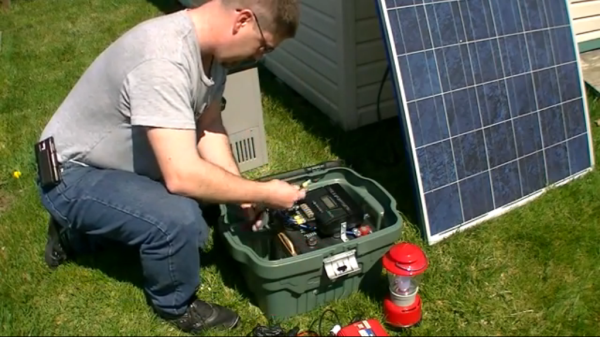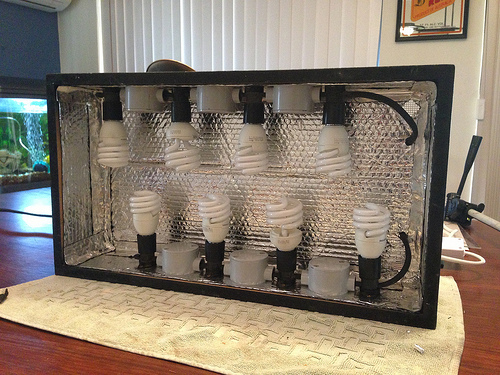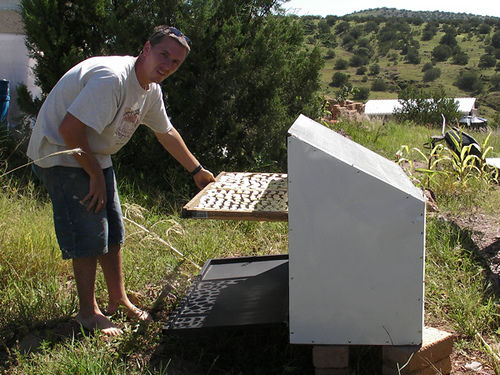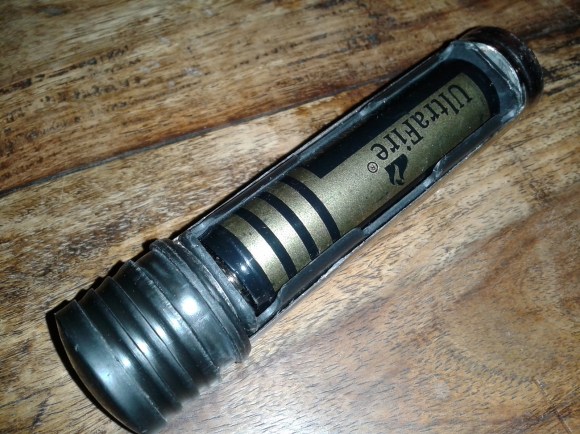
If you’ve built an electric vehicle in the past few years, you probably owe [Charles] a couple of beers. Now you can feel more indebted to him after you read his 17,500-word, 10-part post covering everything you need to know about electric go-kart design. You’ll want to grab a sandwich to keep you company.
You probably recall the Chibikart from posts earlier this summer, which is one of an endless list of EV projects [Charles] has up his sleeve. He’s been teaching MIT students how to build EV karts for a while now, and this total-recap “2.00gokart” novel is [Charles’s] way of sharing the wealth. This is more than a simple how-to guide, though. Instead, it reads like a teacher’s edition of GoKarting 101, with a few brief and important histories, walk-throughs of how the class evolved, exhaustive links to vendors, graphs, videos, and plenty of reference and documentation.
If you have even the slightest interest in electric vehicles, do yourself a favor and give it a browse. There are a couple of videos after the break, and if you need some more motivation, check out the EV skateboard that uses a lot of the same parts.
Continue reading “[Charles’s] Epic “Total-Recap” GoKart Post”
















